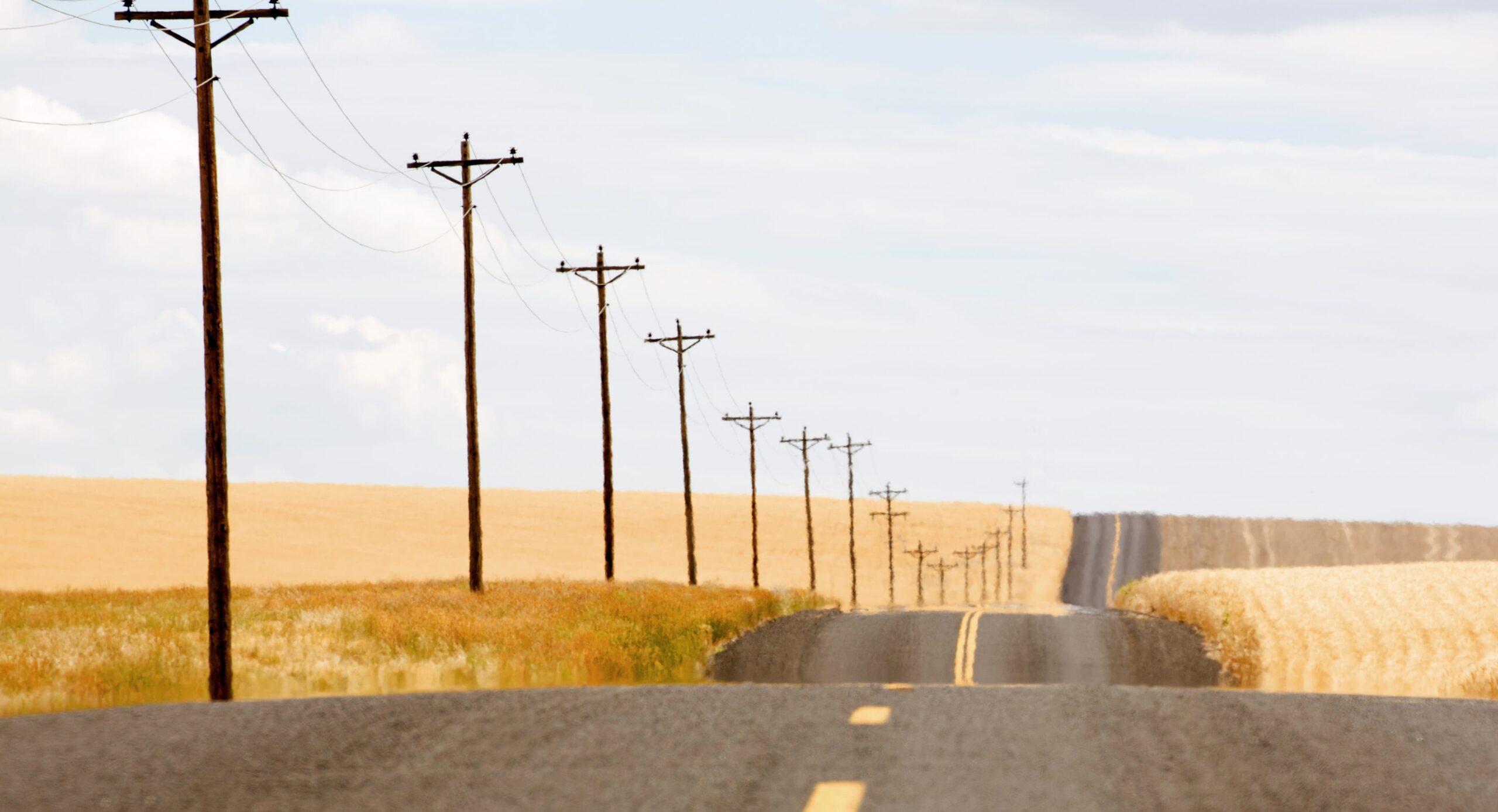In the dynamic and ever-evolving financial landscape, the energy sector represents a great opportunity for investors seeking to generate sustainable, long-term returns. As global priorities shift toward decarbonisation, renewable energy, and infrastructure modernisation, long lifecycle assets have emerged as key drivers of both stability and growth in this sector. For discerning investors, understanding the strategic significance of these assets is essential for securing resilient, future-proof investments.
Long lifecycle assets within the energy industry encompass critical infrastructure, systems, and technologies designed to operate efficiently over extended periods—often spanning decades. These include:

Unlike short-term investments, which may be vulnerable to market fluctuations, long lifecycle assets offer the advantage of consistent, reliable returns over their operational lifespan. This reliability, combined with their essential role in global energy transition, makes them an attractive focus for investors with an eye on longevity and sustainability.
The global energy sector is experiencing a profound transformation driven by several megatrends. These shifts underscore the rising importance of durable, resilient infrastructure as economies modernise and embrace cleaner energy sources. Several compelling factors make long lifecycle assets a prime target for forward-thinking investors in the energy sector:
Long lifecycle assets typically generate reliable revenue over their extended operational lives. Renewable energy projects often benefit from long-term Power Purchase Agreements (PPAs) that guarantee income streams for 20 to 30 years, offering investors stability and predictability even amid market volatility.
Many governments provide strong policy support for renewable energy investments, including tax credits, subsidies, and favourable regulations. The global transition toward net-zero emissions will require substantial investment in sustainable infrastructure, ensuring ongoing demand for long life cycle energy assets.
In times of economic uncertainty, infrastructure assets such as power grids and renewable energy projects offer stability. As essential components of modern economies, these assets tend to hold their value, providing a buffer against short-term market fluctuations.
As governments and corporations worldwide enact aggressive carbon reduction targets, investing in long lifecycle assets aligns with Environmental, Social, and Governance (ESG) principles. By investing in projects that reduce carbon emissions, investors can simultaneously generate financial returns and contribute to global sustainability goals—reinforcing the dual focus on profitability and social responsibility.
Breakthroughs in energy storage, transmission, and renewable generation are extending the operational lifespan and efficiency of key energy assets which is making long life cycle investments more appealing. Whether it’s more resilient solar panels or advancements in wind turbine technology, innovation is pushing asset performance to new heights, delivering greater value to investors over time.
A prime example of technology enhancing asset longevity is Polesaver, a solution designed to protect wooden utility poles and transform them from an asset with a short life expectancy to a long lifecycle asset. Wooden utility poles are a crucial component of energy transmission infrastructure and due to decay can fail after only five years in the ground – necessitating costly replacement that diverts money away from actual investment.

Polesaver pushes back the on-set of ground-line rot by at least 20 years, extending the life of poles and transforming them into long lifecycle assets. Replacement, inspection and maintenance costs are reduced as is the frequency of planned and unplanned operational outages. For investors in electrical utilities, insisting on Polesaver application to wooden utility poles means better asset management, stronger returns and a reduction in unforeseen capital expenditures.
Investing in long life cycle assets in the energy sector represents a forward-looking strategy that aligns with global trends in sustainability, decarbonisation, and infrastructure modernisation. These assets offer stable cash flows, resilience against market turbulence, and significant growth potential—qualities that make them an ideal choice for investors seeking to secure long-term returns in a world increasingly focused on sustainability.
As the energy sector continues to evolve, long life cycle assets will play a foundational role in supporting the transition to a cleaner, more sustainable global economy. By prioritising investments in these essential assets, investors can position themselves at the forefront of the energy transition, unlocking both financial and environmental rewards for decades to come.
Are you ready to shape the future of energy with your next investments? Explore the potential of long lifecycle assets to drive your portfolio forward.
Polesaver has been dedicated to extending the life of wooden poles for over 30 years, and is used in over 30 countries worldwide. Get in touch to speak to one of our team, or schedule a TEAMS call for you and your staff, to discuss how Polesaver can protect your future investments.



This site is protected by reCAPTCHA and the Google Privacy Policy and Terms of Service apply.